Inside Thomas Heatherwick's anticipated Lantern House in New York
We offer the first view inside Thomas Heatherwick's luxury residential development Lantern House in New York, featuring interiors designed by MAWD
Colin Miller - Photography

Construction at one of New York's most eagerly anticipated residential completions, Thomas Heatherwick's Lantern House, has been gathering speed. The project, commissioned by Related Companies in 2015, sits in Manhattan's Chelsea, prestigiously close to the green, open spaces of the High Line. Now, the developers have releaved the lush amenity interiors designed by interiors specialists MAWD – adding options to the city's luxury-residential landscape.
It was crucial for the eye-catching architecture and clever interiors to work together in harmony, explains MAWD co-founder James White. ‘The High Line runs – quite literally – through the space,' he says, ‘bisecting the two towers, [while its] steel beams drive down through the lobby. Anything other than an authentic, layered integration with the surrounding neighbourhood would have been misguided, so we maintained a warm, neutral colour palette across various textures, focusing on quality and character.
‘For example, throughout the amenities we’ve integrated BenchMark mixed-blend bricks matched with the exterior façade, paired with grey polished Eramosa stone flooring in a chevron pattern and custom bronze patinated metals. The result is a layered richness that feels harmonious and cohesive.'

MAWD's other co-founder, Elliot March, adds: ‘Excellent design isn’t about spaces; it’s about people.' The team drew inspiration from the local community – and the residents themselves – rather than specific architectural styles or periods. It was important for the designers to create spaces where people will live, move, work and play – and which they will eventually make their own.
Combining an urbane, cosmopolitan attitude with a local approach, and the lifestyle and liveliness of the West Chelsea neighbourhood was key to the solution. Flexibility was equally important – as a result, the co-working areas transform into entertaining spaces at night.
‘Lantern House was always destined to become one of NYC’s most eye-catching buildings,' says March. ‘Our challenge was to translate the iconic exterior into an aesthetically aligned, comfortable interior. We wanted to design timeless, luxurious and comfortable interiors that complement the architect’s vision and the residents’ lifestyles, as well as the setting on the High Line. It is always a privilege to design someone’s home, especially when it’s as unique a project as this one.
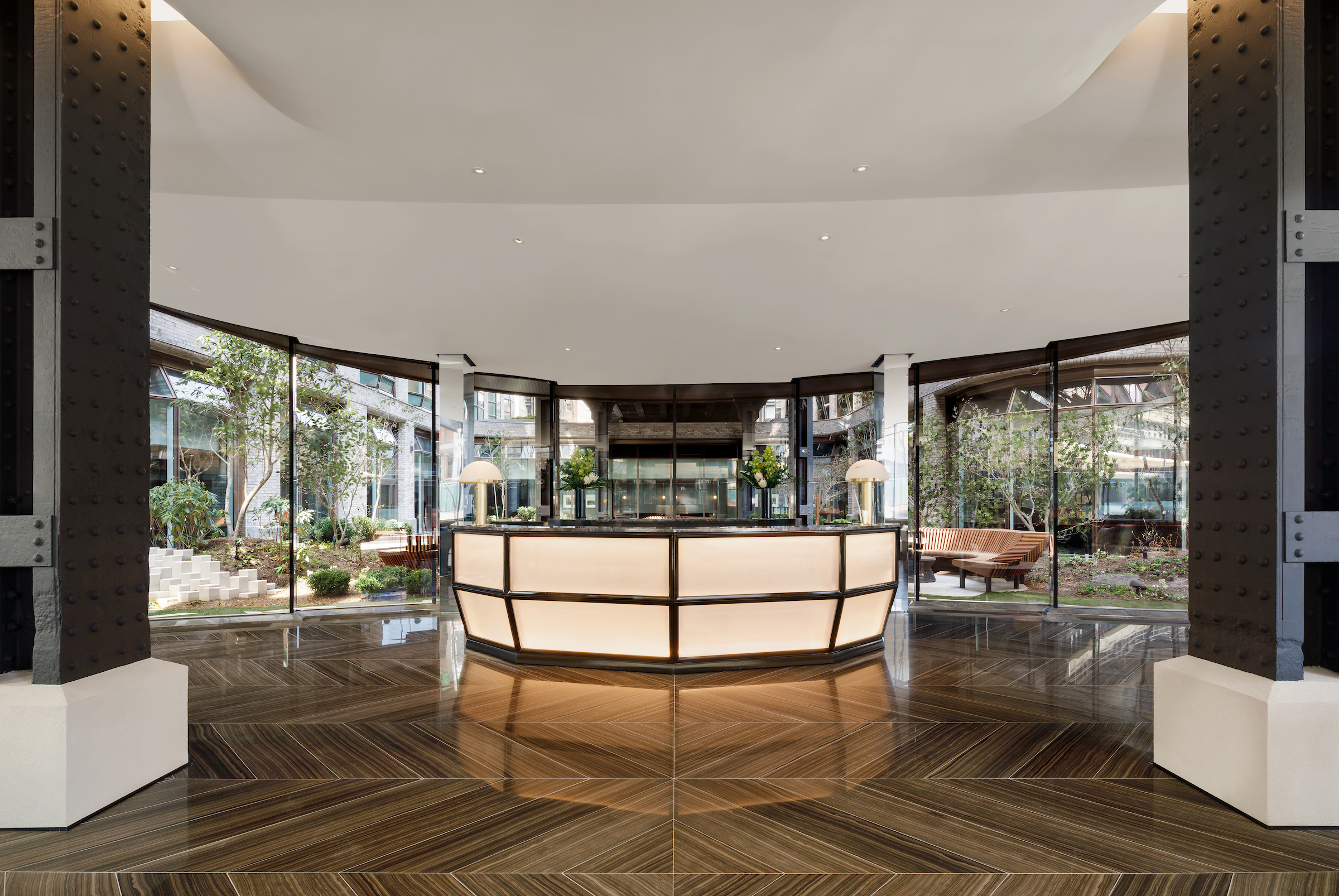
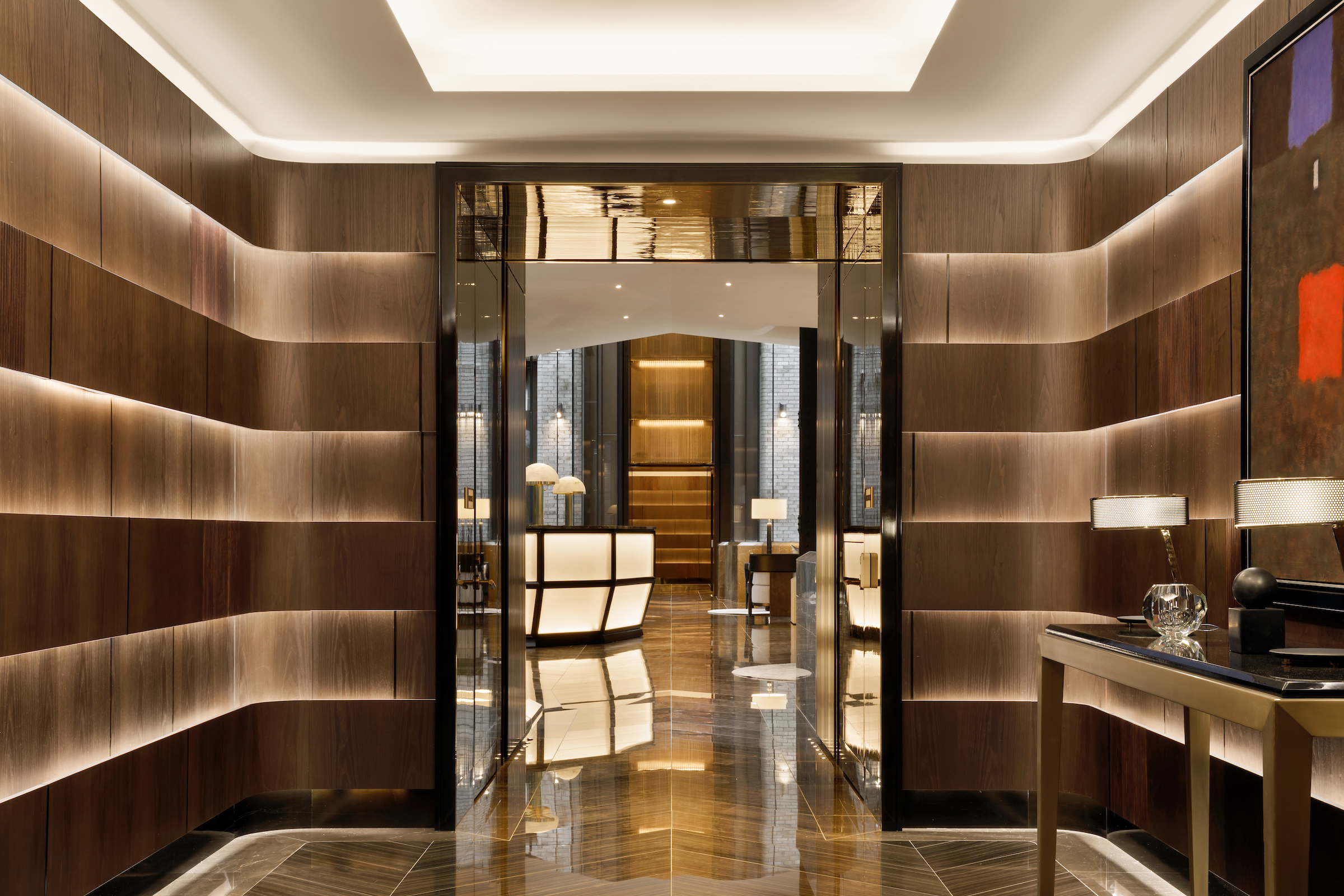
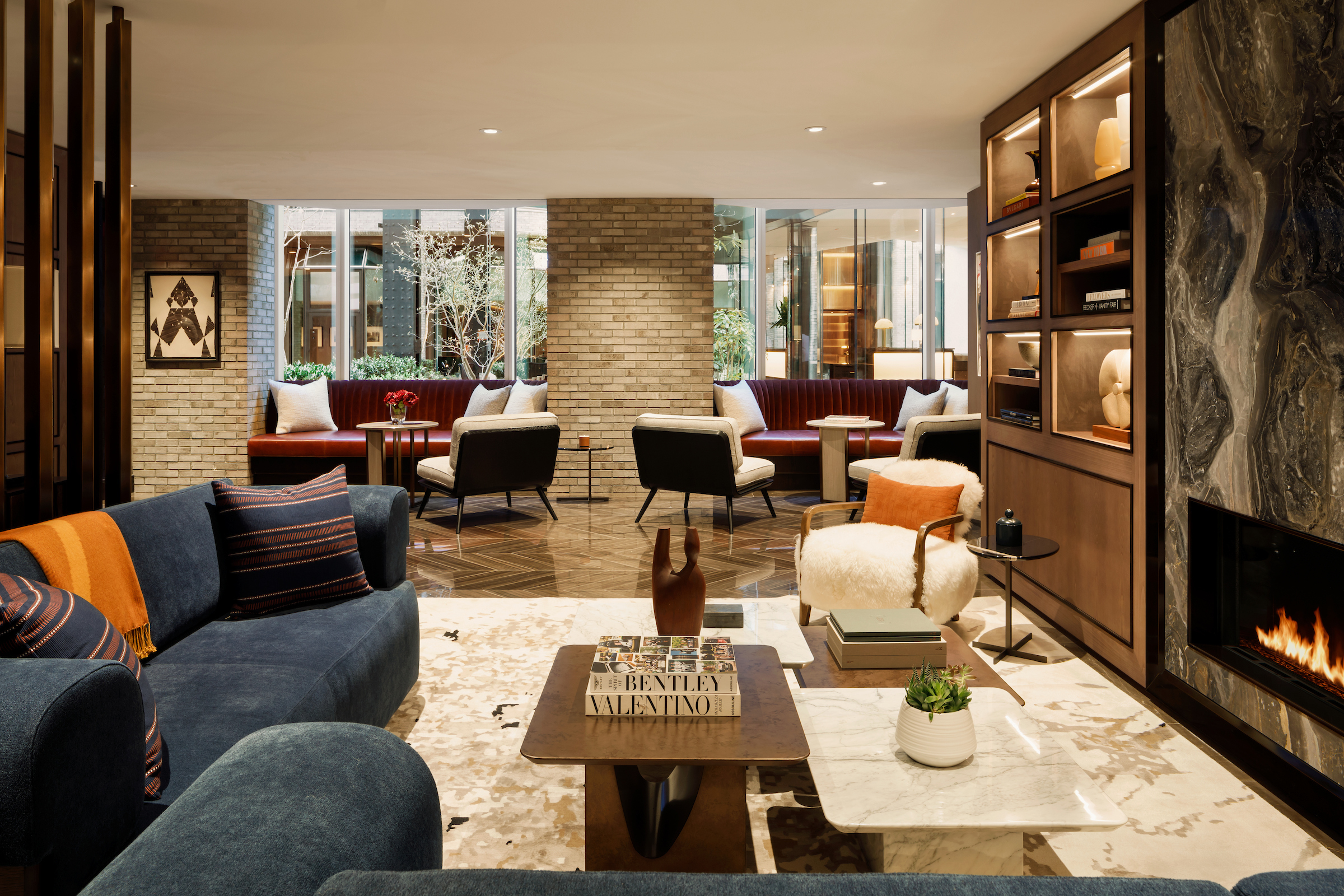

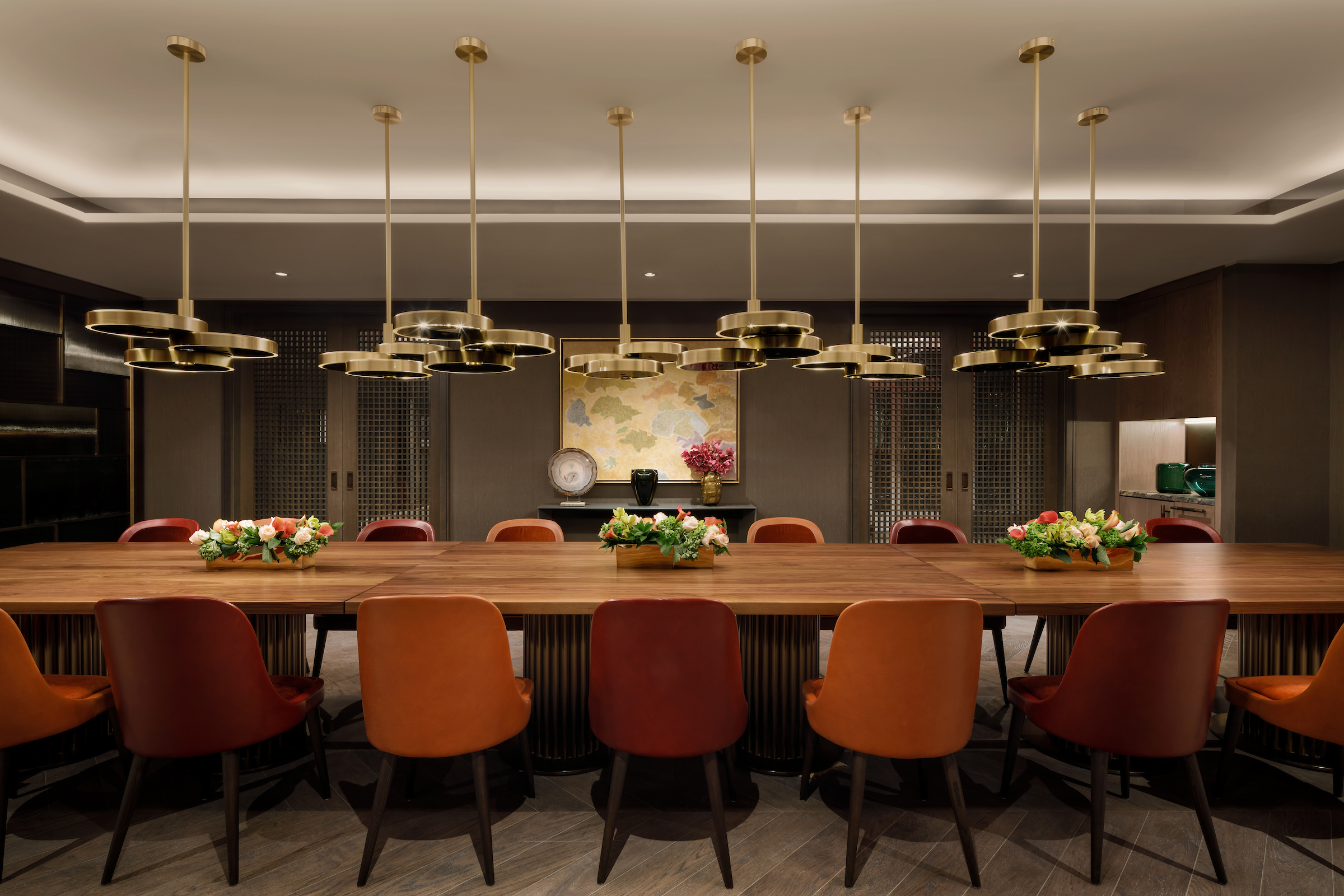
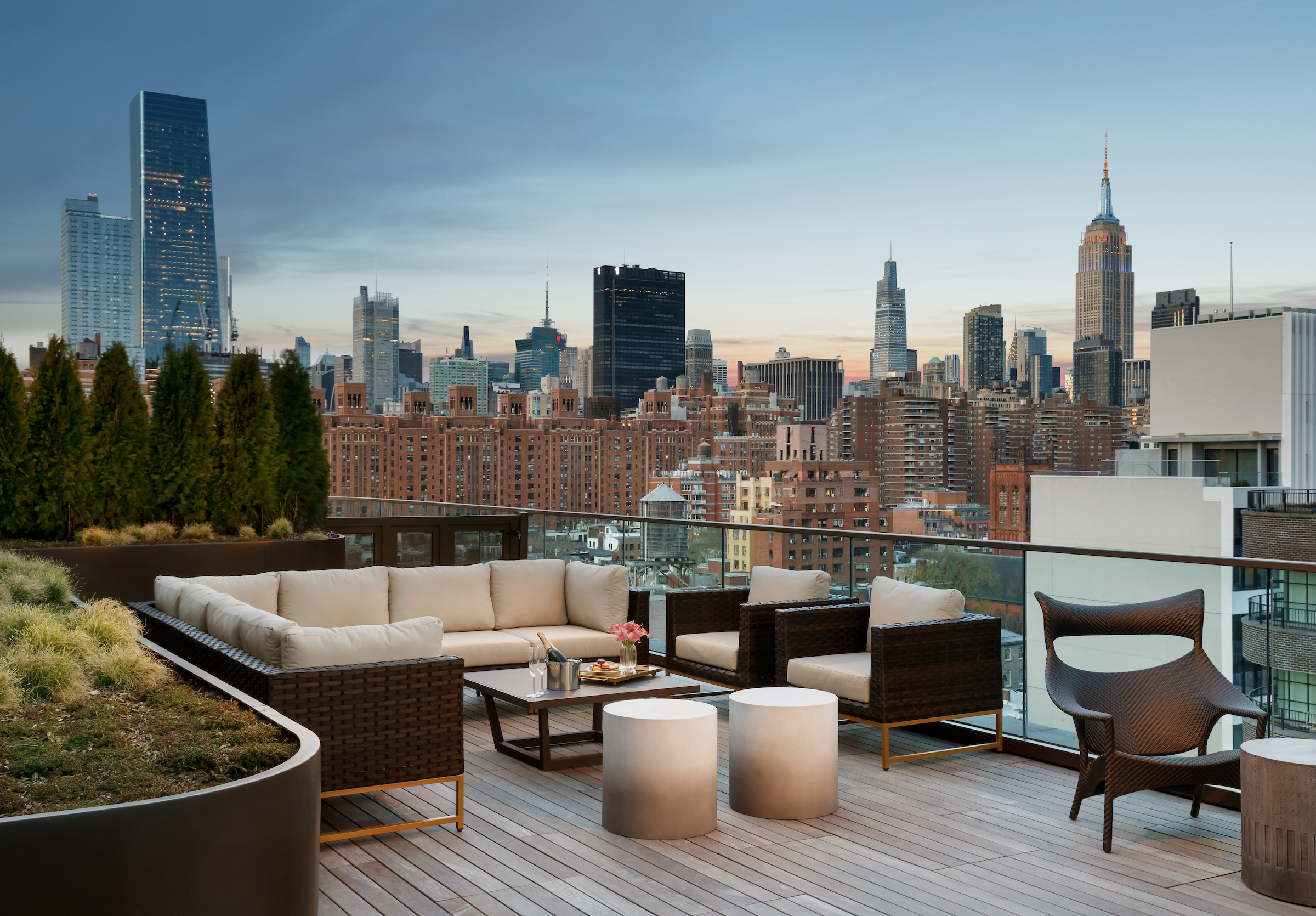
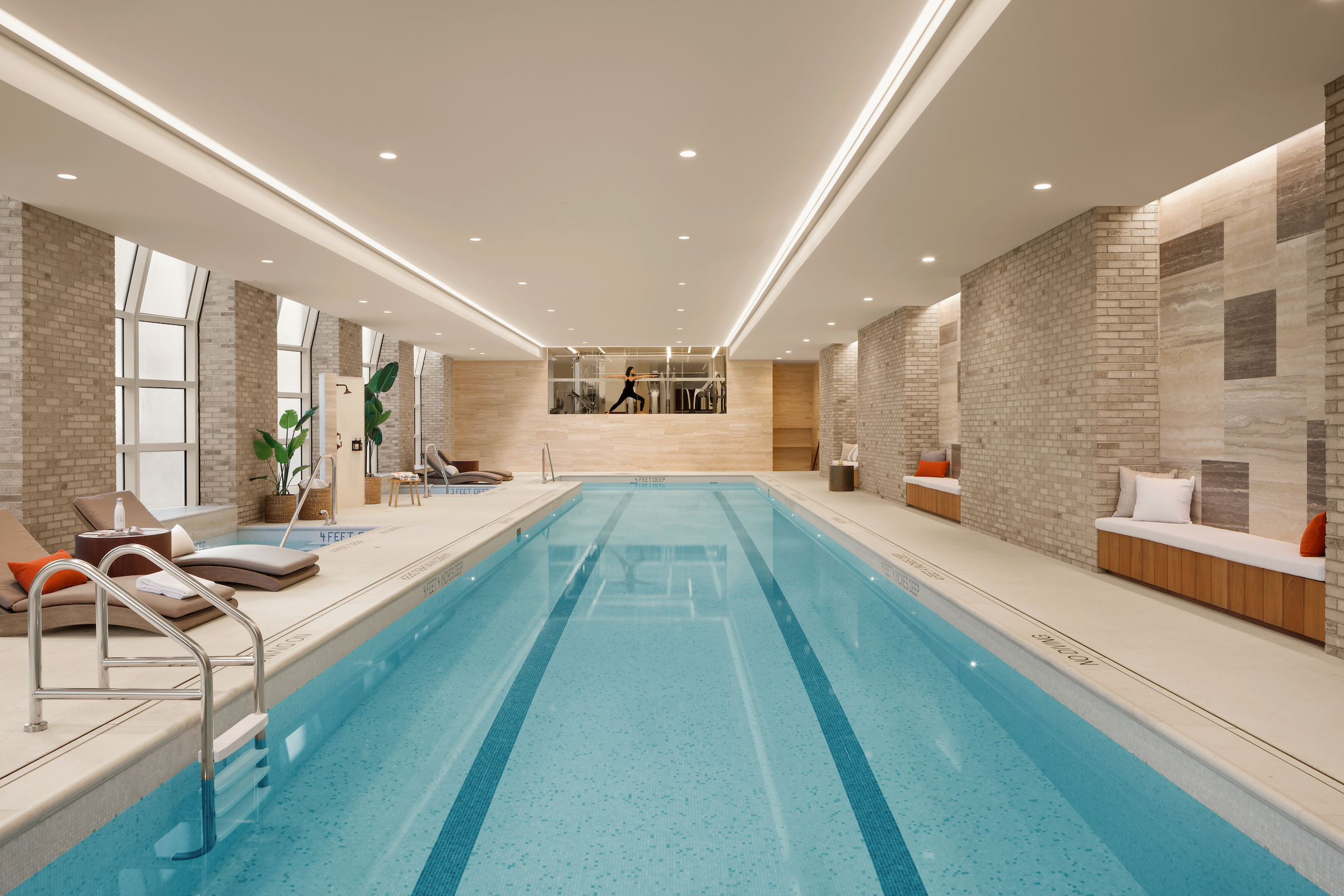
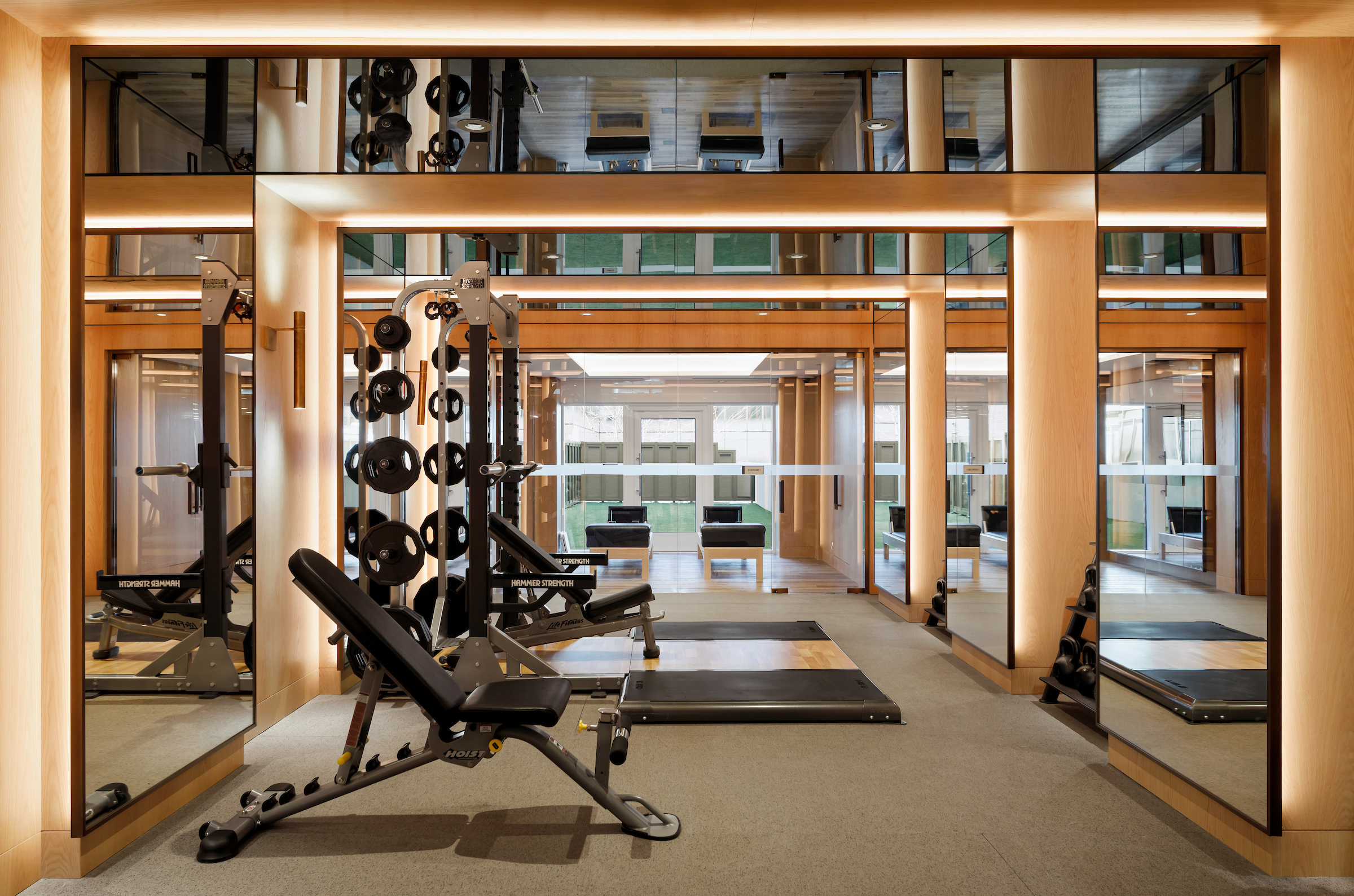
INFORMATION
Receive our daily digest of inspiration, escapism and design stories from around the world direct to your inbox.
Ellie Stathaki is the Architecture & Environment Director at Wallpaper*. She trained as an architect at the Aristotle University of Thessaloniki in Greece and studied architectural history at the Bartlett in London. Now an established journalist, she has been a member of the Wallpaper* team since 2006, visiting buildings across the globe and interviewing leading architects such as Tadao Ando and Rem Koolhaas. Ellie has also taken part in judging panels, moderated events, curated shows and contributed in books, such as The Contemporary House (Thames & Hudson, 2018), Glenn Sestig Architecture Diary (2020) and House London (2022).
-
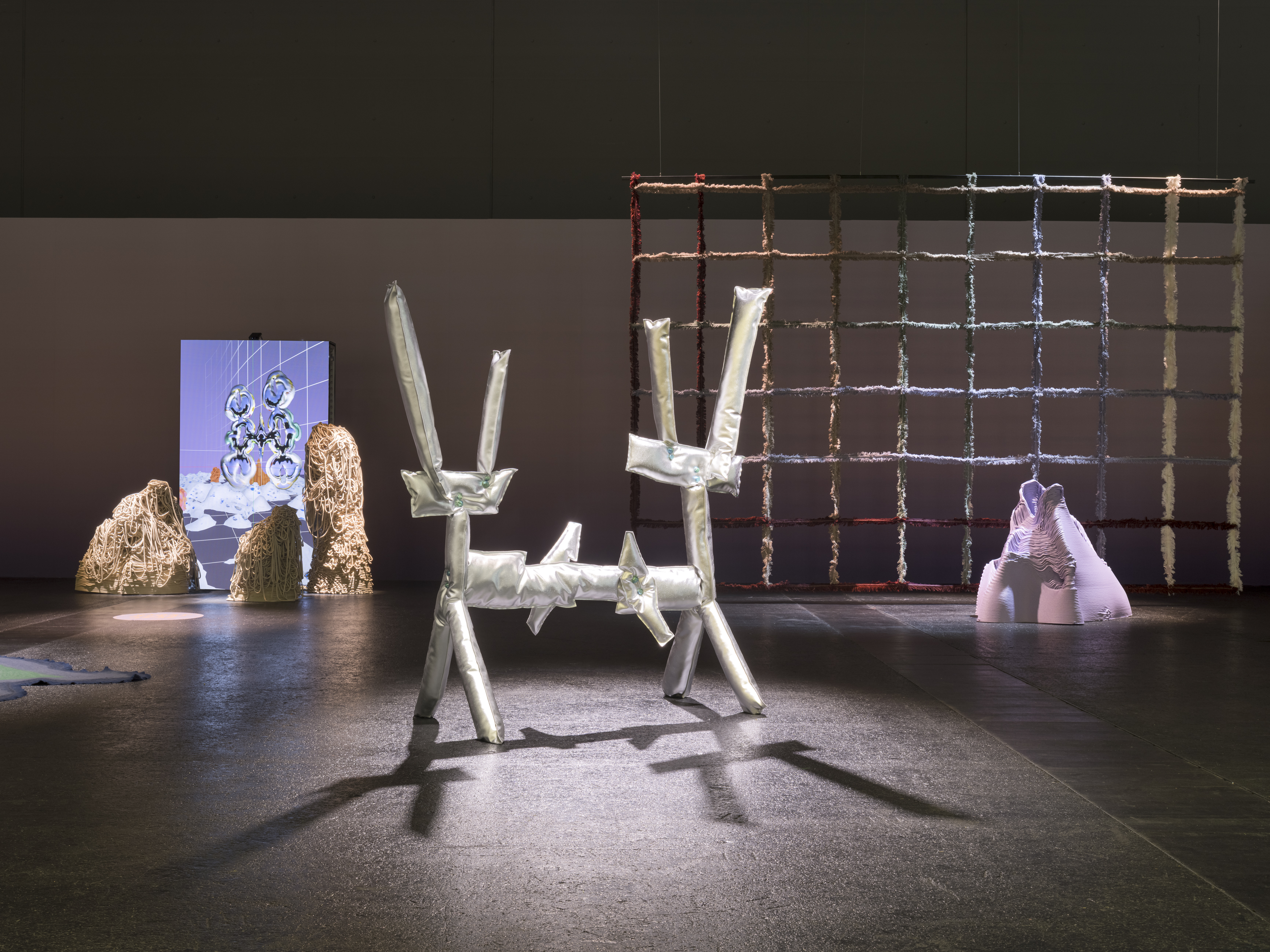 Patricia Urquiola’s textile adventures at Heimtextil: ‘Design is not about controlling form’
Patricia Urquiola’s textile adventures at Heimtextil: ‘Design is not about controlling form’Urquiola presents ‘Among-all’, a new installation at Frankfurt’s Heimtextil fair (until 16 January 2026) that explores new routes for textile experimentation in design
-
 Everything the Wallpaper* style team is looking forward to at Men’s Fashion Month, from guest stars to swan songs
Everything the Wallpaper* style team is looking forward to at Men’s Fashion Month, from guest stars to swan songsAs Pitti Uomo begins in Florence today – marking the first runway shows of the A/W 2026 season – the Wallpaper* editors reveal their most-anticipated menswear moments of the month ahead
-
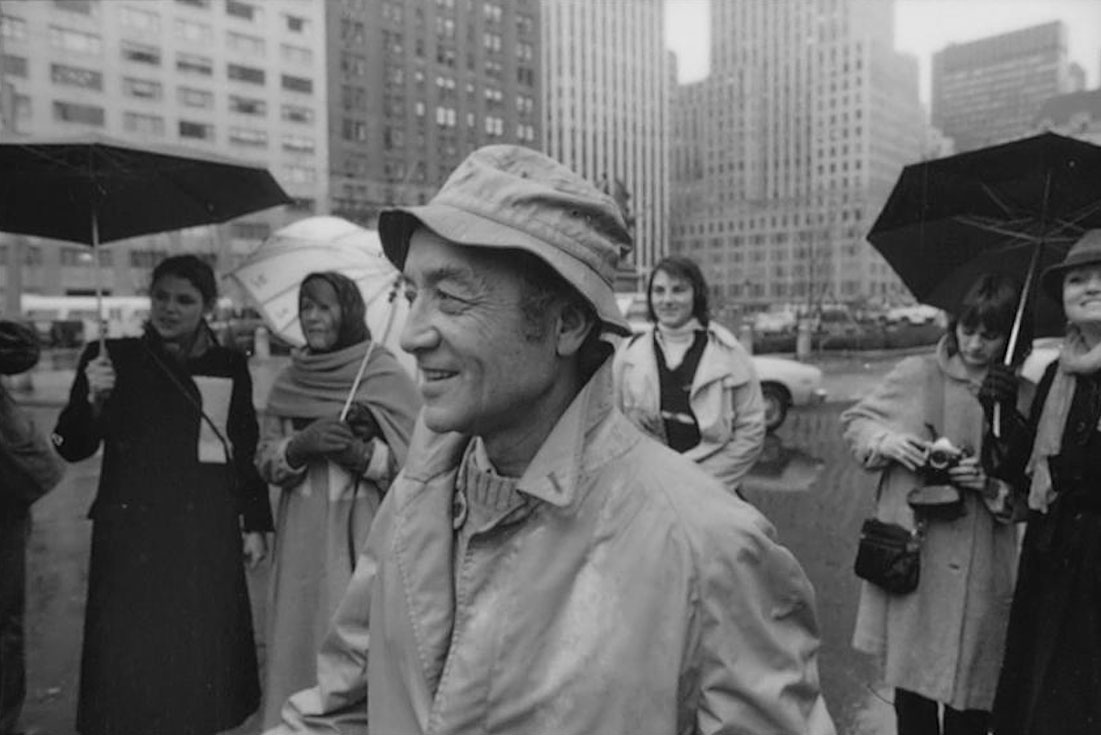 How Isamu Noguchi dissolved the boundaries between art, design and the city
How Isamu Noguchi dissolved the boundaries between art, design and the cityIsamu Noguchi shaped cities, interiors and everyday rituals through design: here’s everything you need to know about the interdisciplinary American modernist who believed art belonged in public life
-
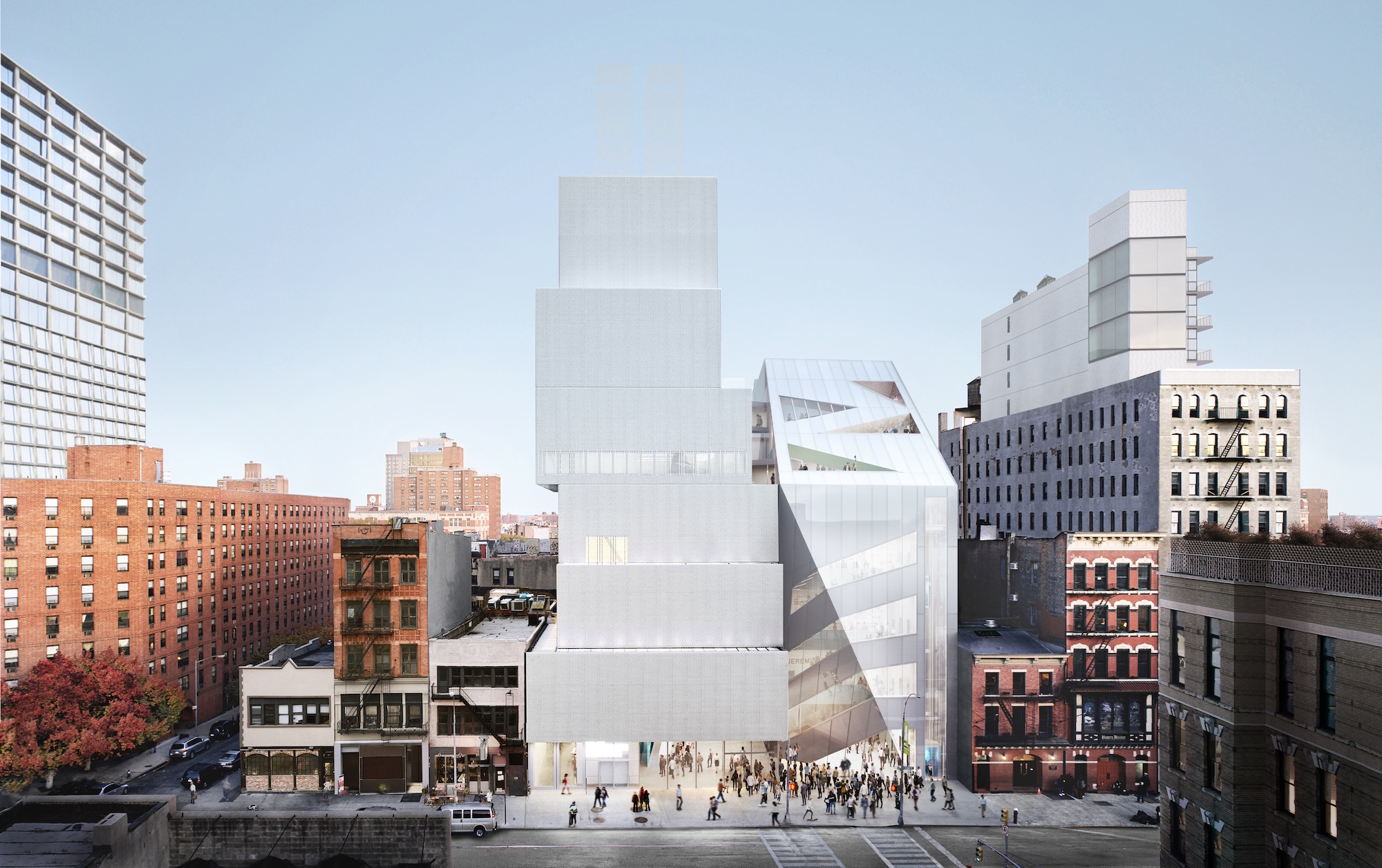 The New Museum finally has an opening date for its OMA-designed expansion
The New Museum finally has an opening date for its OMA-designed expansionThe pioneering art museum is set to open 21 March 2026. Here's what to expect
-
 This remarkable retreat at the foot of the Catskill Mountains was inspired by the silhouettes of oak leaves
This remarkable retreat at the foot of the Catskill Mountains was inspired by the silhouettes of oak leavesA New York City couple turned to Desai Chia Architecture to design them a thoughtful weekend home. What they didn't know is that they'd be starting a farm, too
-
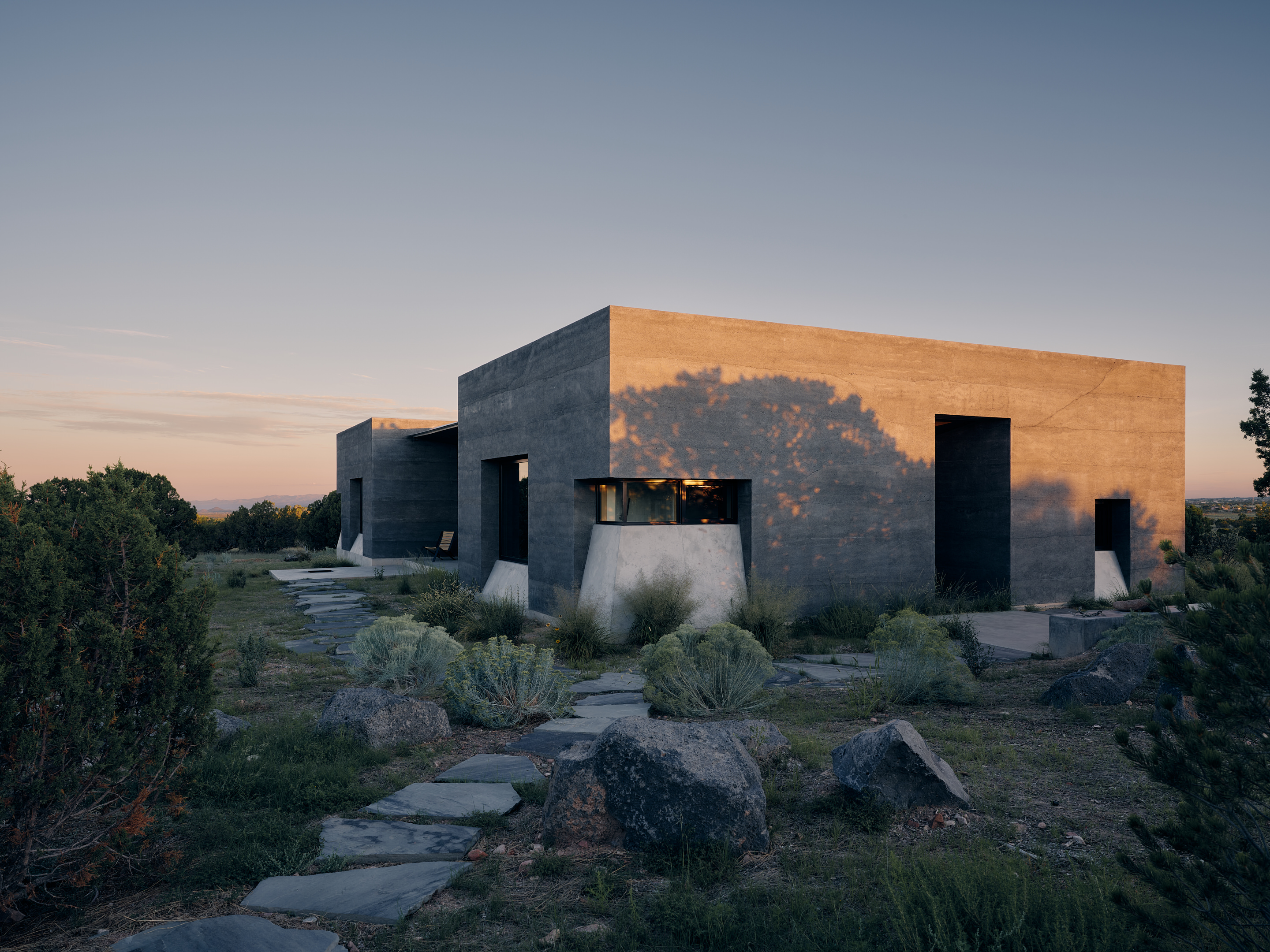 Wallpaper* Best Use of Material 2026: a New Mexico home that makes use of the region's volcanic soil
Wallpaper* Best Use of Material 2026: a New Mexico home that makes use of the region's volcanic soilNew Mexico house Sombra de Santa Fe, designed by Dust Architects, intrigues with dark, geometric volumes making use of the region's volcanic soil – winning it a spot in our trio of Best Use of Material winners at the Wallpaper* Design Awards 2026
-
 More changes are coming to the White House
More changes are coming to the White HouseFollowing the demolition of the East Wing and plans for a massive new ballroom, President Trump wants to create an ‘Upper West Wing’
-
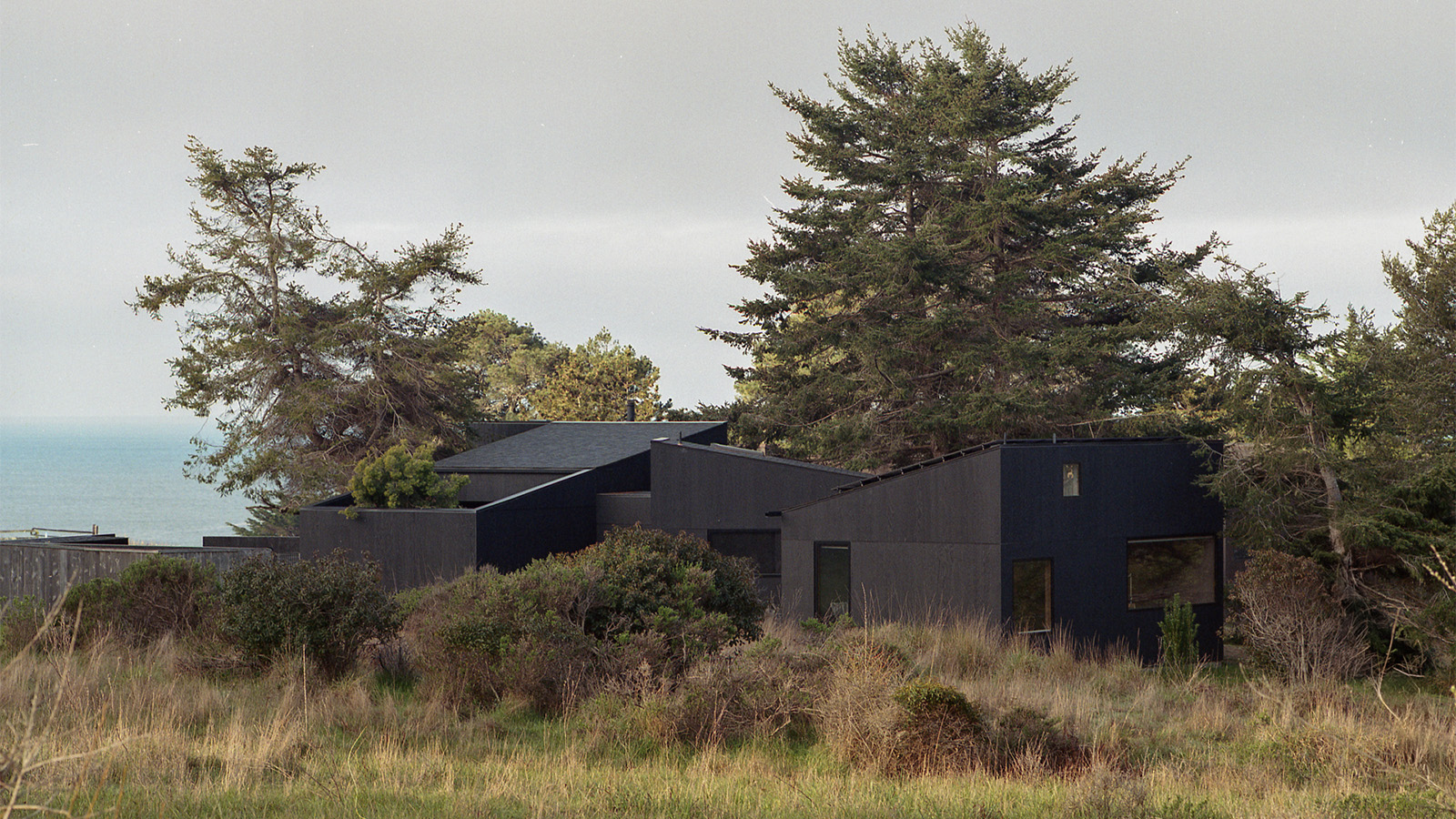 A group of friends built this California coastal home, rooted in nature and modern design
A group of friends built this California coastal home, rooted in nature and modern designNestled in the Sea Ranch community, a new coastal home, The House of Four Ecologies, is designed to be shared between friends, with each room offering expansive, intricate vistas
-
 Step inside this resilient, river-facing cabin for a life with ‘less stuff’
Step inside this resilient, river-facing cabin for a life with ‘less stuff’A tough little cabin designed by architects Wittman Estes, with a big view of the Pacific Northwest's Wenatchee River, is the perfect cosy retreat
-
 Remembering Robert A.M. Stern, an architect who discovered possibility in the past
Remembering Robert A.M. Stern, an architect who discovered possibility in the pastIt's easy to dismiss the late architect as a traditionalist. But Stern was, in fact, a design rebel whose buildings were as distinctly grand and buttoned-up as his chalk-striped suits
-
 Own an early John Lautner, perched in LA’s Echo Park hills
Own an early John Lautner, perched in LA’s Echo Park hillsThe restored and updated Jules Salkin Residence by John Lautner is a unique piece of Californian design heritage, an early private house by the Frank Lloyd Wright acolyte that points to his future iconic status